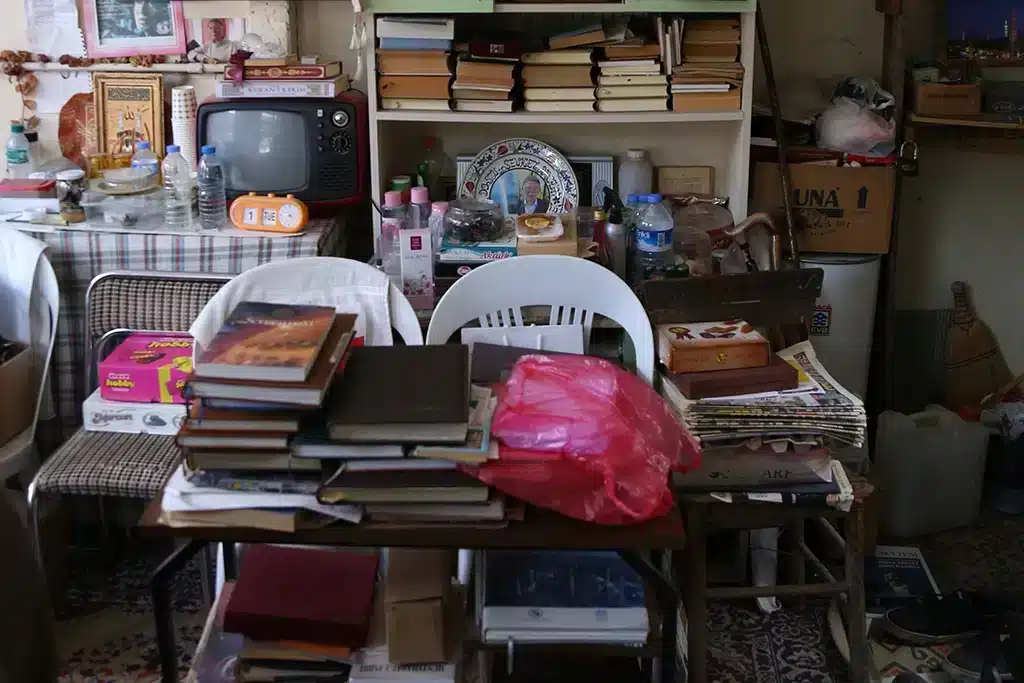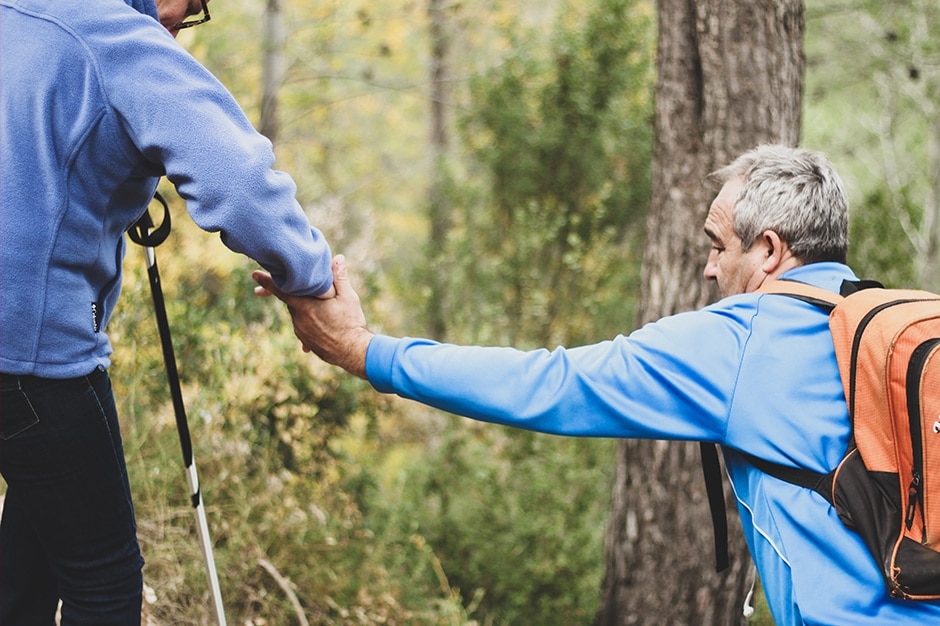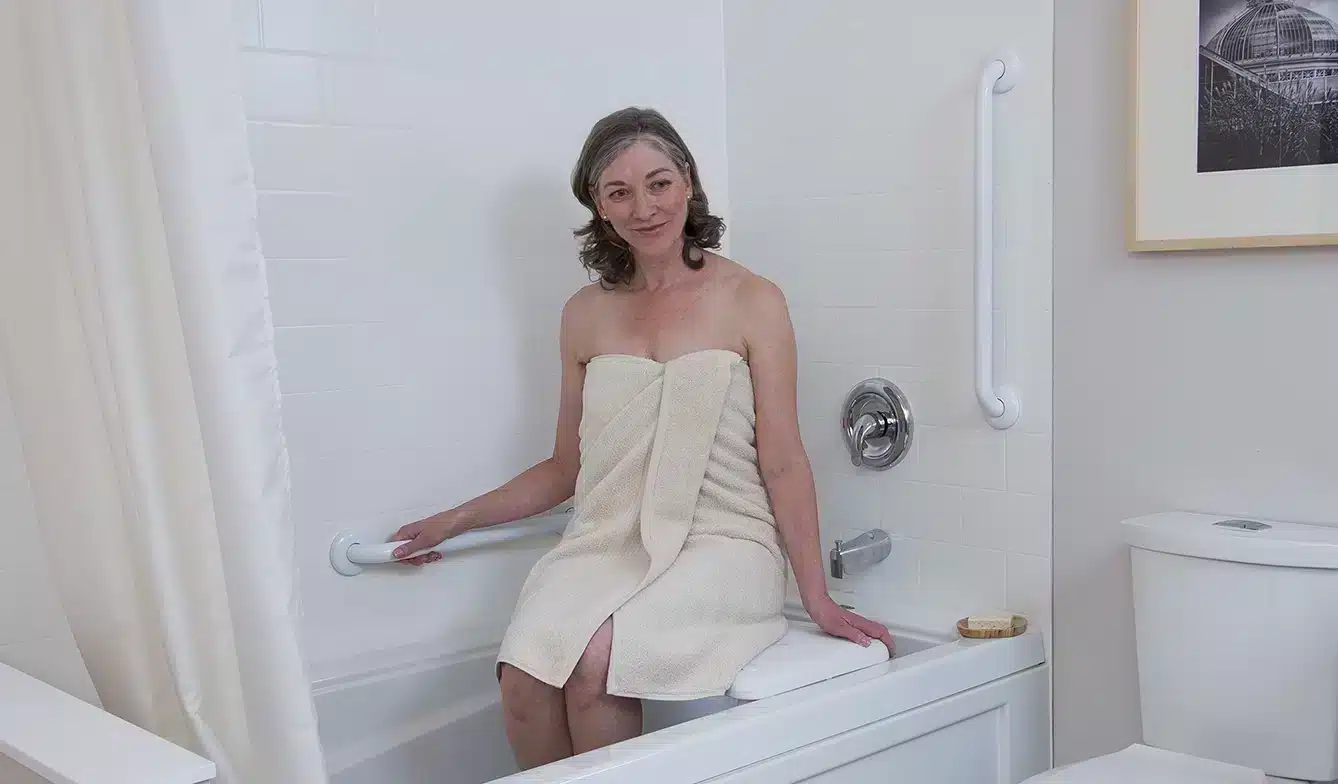Harnessing Smart Devices for The Safety of Your Loved One’s
As our population ages, ensuring your older loved ones’ safety and well-being becomes increasingly paramount. Many older adults prefer to age in place, staying in their own homes rather than moving to assisted living facilities. However, living independently can come with its own set of challenges, especially regarding safety and security.
Fortunately, advancements in technology have led to the development of various smart devices specifically designed to address the unique needs of older adults, providing peace of mind for both them and their loved ones.
Empowering Independence: Smart Solutions for Older Adults’ Safety at Home
Many older adults desire to maintain their independence and live in their own homes for as long as possible. However, this independence can sometimes be accompanied by safety and security concerns.
Advancements in technology have paved the way for a new era of smart solutions designed specifically to address the unique needs of older adults. From smart home security systems to medical alert devices and remote monitoring technology, these innovations offer peace of mind for both older adults and their families.
1. Home Security Systems
One of the foundational elements of ensuring your older loved ones’ safety at home is a reliable home security system. Smart home security systems offer advanced features, such as motion sensors, door and window sensors, and video surveillance. These systems can send real-time alerts to caregivers or family members’ smartphones in the event of suspicious activity or emergencies.
For older adults living alone, having a smart security system can provide a sense of security, knowing their home is being monitored 24/7. Additionally, many of these systems are easily customizable and can be tailored to suit each individual’s specific needs and preferences.
2. Emergency Alert Devices
Medical emergencies can happen unexpectedly, and for older adults living alone, getting immediate help is crucial. Smart medical alert systems, equipped with wearable devices or wall-mounted buttons, allow older adults to call for help with the press of a button. These systems can connect directly to emergency services or designated contacts, providing prompt assistance in case of a fall or medical emergency.
Furthermore, some smart medical alert systems come with additional features, such as fall detection and GPS tracking, ensuring older adults receive assistance even if they are unable to press the alert button themselves.
3. Home Environment Monitoring Sensors
Another innovative solution for the safety of your loved ones is the use of home monitoring sensors. These sensors can detect various environmental factors such as temperature, humidity, and air quality, alerting caregivers or family members to any potential risks or hazards in the home.
For example, a sudden change in temperature could indicate a malfunctioning heating system, while high humidity levels could lead to mould growth, posing health risks for your loved ones. By proactively monitoring these environmental factors, you or your loved ones’ caregivers can take the necessary steps to ensure a safe and comfortable living environment.
4. Smart Lighting and Voice-Activated Assistants
Navigating a dimly lit house can be challenging for older loved ones, increasing the risk of trips and falls. Smart lighting systems, equipped with motion sensors and customizable settings, can automatically adjust lighting levels based on movement, time of day, or specific preferences.
Voice-activated assistants such as Amazon Alexa or Google Assistant can also be incredibly helpful for individuals with mobility issues or vision impairments. These assistants can perform various tasks, such as setting reminders, making phone calls, or controlling smart home devices using voice commands, enhancing your loved ones’ accessibility and independence.
5. Telehealth and Remote Monitoring
Access to healthcare services is essential for older adults, especially those with chronic health conditions or mobility limitations. Telehealth platforms and remote monitoring devices enable them to connect with healthcare providers virtually, eliminating the need for frequent in-person visits.
Remote monitoring devices can track vital signs such as blood pressure, heart rate, and blood glucose levels, providing healthcare professionals with valuable insights into your loved ones’ health status. Additionally, telehealth appointments allow older adults to consult with doctors or specialists from the comfort of their own homes, reducing the need for unnecessary travel and potential exposure to illnesses.
The integration of smart devices and technology solutions plays a significant role in ensuring the safety and well-being of your loved ones or older adults living independently at home. From smart home security systems to medical alert devices and home monitoring sensors, these technologies provide peace of mind for older adults, their caregivers, and their families.
By harnessing the power of technology, we can empower our older loved ones to age in place comfortably while maintaining their independence and dignity. Moving forward, continued advancements in smart home technology and healthcare innovation will further enhance the safety and quality of life for our older population, allowing them to live their golden years to the fullest.






